The International Union for Conservation of Nature (IUCN) Red List of Threatened Species, founded in 1964, is the world’s most comprehensive inventory of the global conservation status of biological species.When discussing the IUCN Red List, the official term “threatened” is a grouping of three categories: Critically Endangered, Endangered, and Vulnerable.
IUCN Red List India (As of March 2019) contains critically endangered, endangered and vulnerable species. The list is updated by Zoological Survey of India (ZSI) from time to time as per the IUCN, 1996. The Red List of 2019 was released at the Rio+20 Earth Summit. It contains 132 species of plants and animals in India listed as critically endangered. According to the IUCN’s Red List there are also 48 critically endangered plant species in India (as of 5 September 2019).
Few species from India are described below :
( 01 ) GREAT INDIAN BUSTARD
Scientific Name : Ardeotis nigriceps , Common Name : Great Indian bustard
Population : 200 individuals worldwide , Height : 100 cms or 1 metre
Length : Wingspan of 210-250 cm, Weight: 15-18 kg
Status : Listed in Schedule I of the Indian Wildlife (Protection)Act, 1972, in the CMS Convention and in Appendix I of CITES, as Critically Endangered on the IUCN Red List and the National Wildlife Action Plan (2002-2016).
HABITAT AND DISTRIBUTION : Historically, the great Indian bustard was distributed throughout Western India, spanning 11 states, as well as parts of Pakistan. Its stronghold was once the Thar desert in the north-west and the Deccan plateau of the peninsula. Today, its population is confined mostly to Rajasthan and Gujarat. Small population occur in Maharashtra, Karnataka and Andhra Pradesh. Bustards generally favour flat open landscapes with minimal visual obstruction and disturbance, therefore adapt well in grasslands. In the non-breeding season they frequent wide agro-grass scrub landscapes. While in the breeding season (summers and monsoons) they congregate in traditional undisturbed grassland patches characterized by a mosaic of scantily grazed tall grass (below 50 cm). They avoid grasses taller than themselves and dense scrub like thickets.It has also been identified as one of the species for the recovery programme under the Integrated Development of Wildlife Habitats of the Ministry of Environment and Forests, Government of India.
( 02 ) HIMALAYAN QUAIL
Common Name : Himalayan quail , Scientific Name : Ophrysia superciliosa
Population : Last population estimate was less than 50 individuals. No sightings have been recorded since 1876.
Length : about 45 cms , Status : Listed in Schedule I of the Wildlife (Protection) Act, 1972 and as Critically Endangered on IUCN Red List.
HABITAT AND DISTRIBUTION : The Himalayan quail is native to India, found only in the mountains of Uttarakhand in north-west Himalayas. The last sightings recorded before 1877 were from Mussourie and Nainital hill stations, suggesting that they prefer higher altitudes. They are known to inhabit long grass and scrubs on steep hillsides, particularly south facing slopes between the altitudes of 1,650 and 2,400 metres.
( 03) SMOOTH-COATED OTTER
Common Name : Smooth-coated otter , Scientific name: Lutrogale perspicillata
Population: No countrywide population estimate is available , Length : 1.3 meter (Total Body Length)
Weight : 7-11 Kg , Status : Listed as Vulnerable on the IUCN Red List
HABITAT AND DISTRIBUTION : Smooth-coated otter is distributed throughout the country from the Himalayas and to the south in India. It is sympatric with other otter species in the Western Ghats and the northeast India. Smooth-coated otters are found in areas where freshwater is plentiful, preferring shallow and placid waters— wetlands and seasonal swamps, rivers, lakes, and rice paddies. Where they are the only species of otter, they may be found in almost any suitable habitat, but where they are sympatric with other species, they avoid smaller streams and canals in favour of larger bodies of water. Although they are often found in saltwater near the coast, especially on smaller islands, they require a nearby source of freshwater.
( 04) GHARIAL
Common Name : Gharial , Scientific Name : Gavialis gangeticus
Length : 3-6 meter (Male), 2.5-4 meter (Female) , Weight : 150-250 Kg
Population : Approximately 800 , Status : Listed in Schedule I of Wildlife (Protection) Act, 1972 and as Critically Endangered on IUCN Red List
HABITAT AND DISTRIBUTION : Gharial prefers deep fast flowing rivers, however adult gharial have also been observed in still water branches (jheel) of rivers and in comparatively velocity-free aquatic environments of deepholes (kunds) at river bends and confluences. Smaller animals seem to conserve energy by resting out of the mainstream in sheltered backwaters, particularly during the monsoon (July-September). Sand and rock outcrops are preferred basking sites and these animals show considerable site fidelity. Historically, gharial were found in the river system of India, Pakistan, Bangladesh and southern part of Bhutan and Nepal. Today they survive only in the waters of India and Nepal. The surviving population can be found within the tributaries of the Ganges river system: Girwa (Uttar Pradesh), Son (Madhya Pradesh), Ramganga (Uttarakhand), Gandak (Bihar), Chambal (Uttar Pradesh, Madhya Pradesh and Rajasthan) and Mahanadi (Orissa).
( 05) INDIAN LEOPARD
Common Name : Indian leopard or common leopard , Scientific Name : Panthera pardus
Population : No official countrywide population estimate is available. However, within the 17 tiger bearing states of India, the leopard occupies an area of around 1,74,066 km2, nearly double the area occupied by the tiger
Height : 45-80 cms , Length : Head-bodylength= 100-190 cm, Tail length: 70-95 cm , Weight : Male= 30-70 kg, Female=28-60 kg
Status : Listed in Schedule I of the Indian Wildlife (Protection) Act, 1972 and included in Appendix I of CITES. Listed as Near Threatened on the IUCN Red List
In India, the leopard is found in all forest types, from tropical rainforests to temperate deciduous and alpine coniferous forests. It is also found in dry scrubs and grasslands, the only exception being desert and the mangroves of Sundarbans. It shares its territory with the tiger in 17 states. Its range stretches from the Indus river in the west, the Himalayas in the north, and all the way to the lower course of the Brahmaputra in the east.
( 06 ) NILGIRI TAHR
Common Name : Nilgiri tahr , Scientific Name : Nilgiritragus hylocrius
Population : Around 2500
Height: Around 100 cms
Weight: 80-100 kg
Status : Listed in Schedule I of Wildlife (Protection) Act, 1972 and as Endangered on IUCN Red List
The Nilgiri tahr inhabits the open montane grassland habitats at elevations from 1200 to 2600 m (generally above 2000 m) of the South Western Ghats. Their range extends over 400 km from north to south, and Eravikulam National Park is home to the largest population. The other significant concentration is in the Nilgiri Hills, with smaller populations in the Anamalai Hills, Periyar National Park, Palni Hills and other pockets in the Western Ghats south of Eravikulam, almost to India’s southern tip.
Source = https://www.wwfindia.org/about_wwf/priority_species/threatened_species/
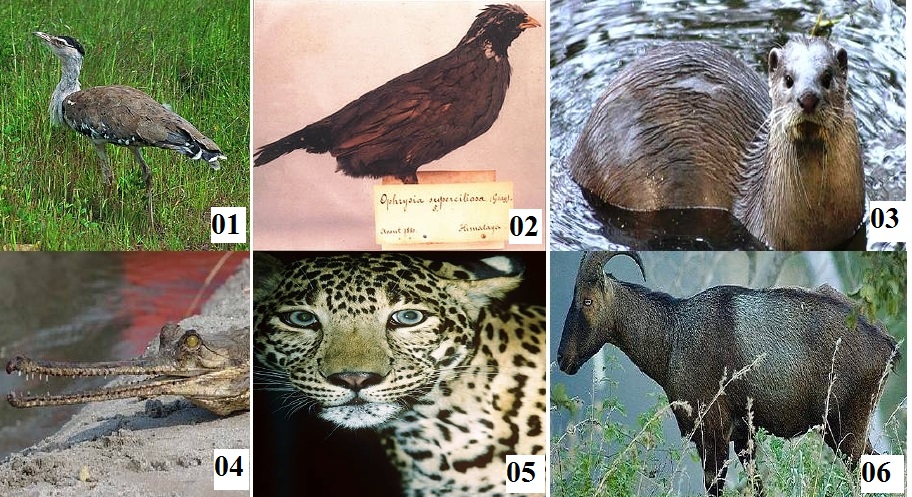










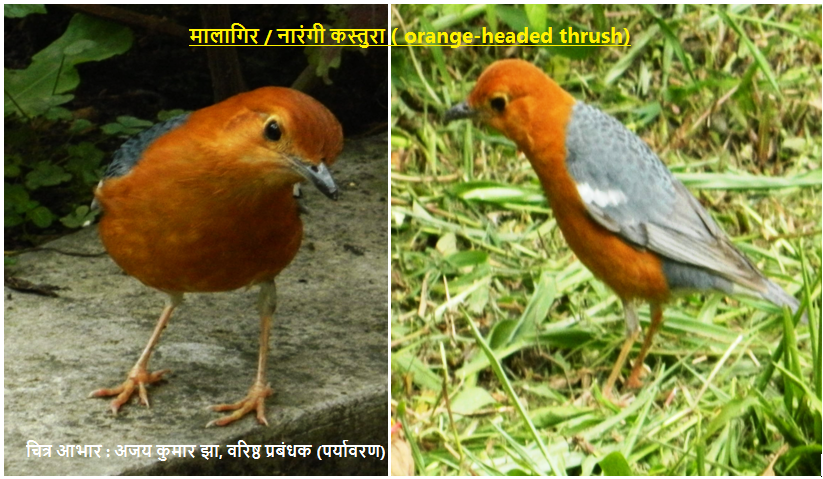









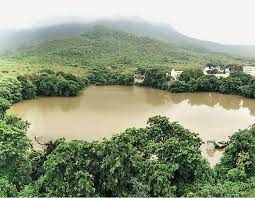







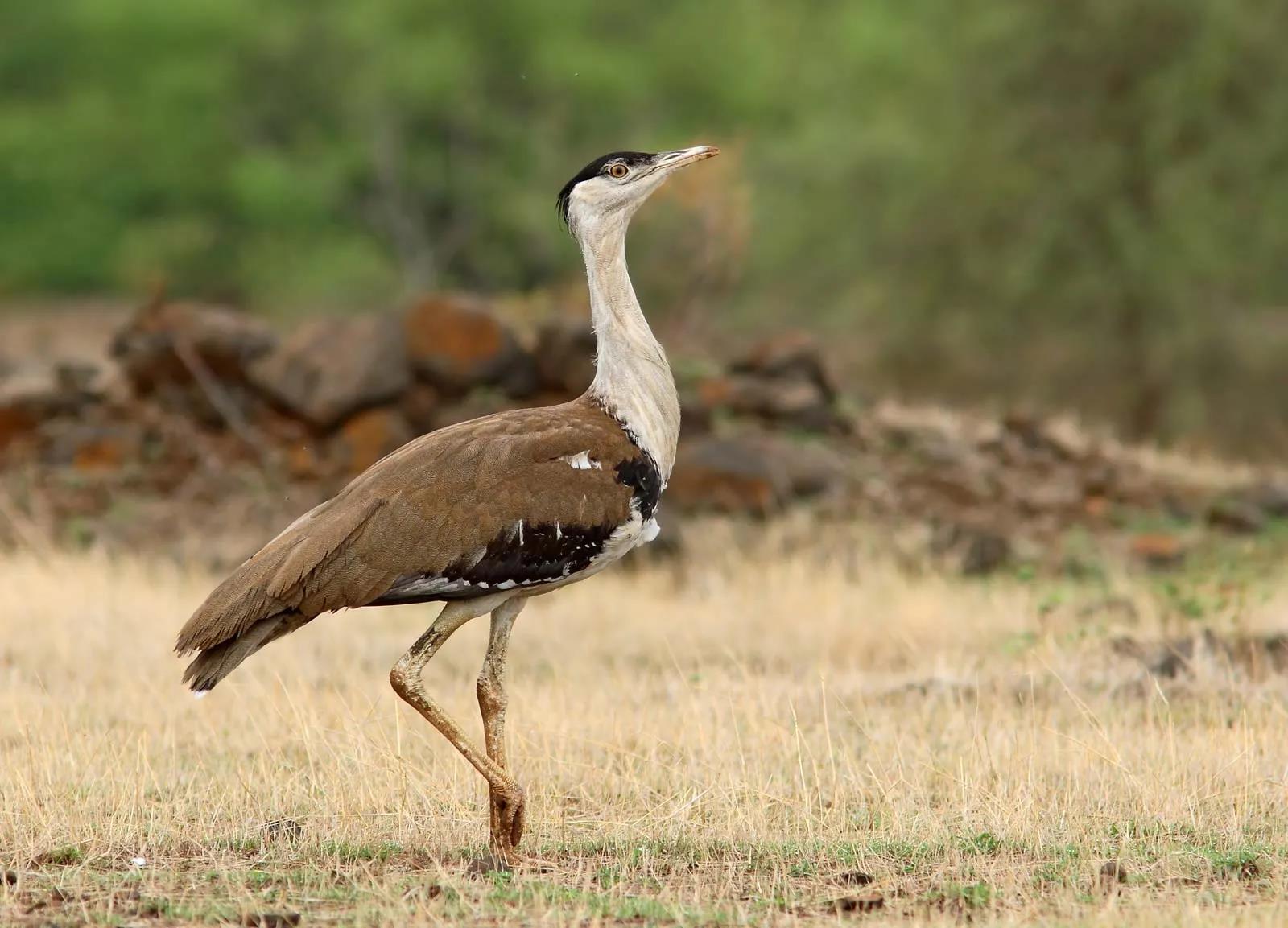
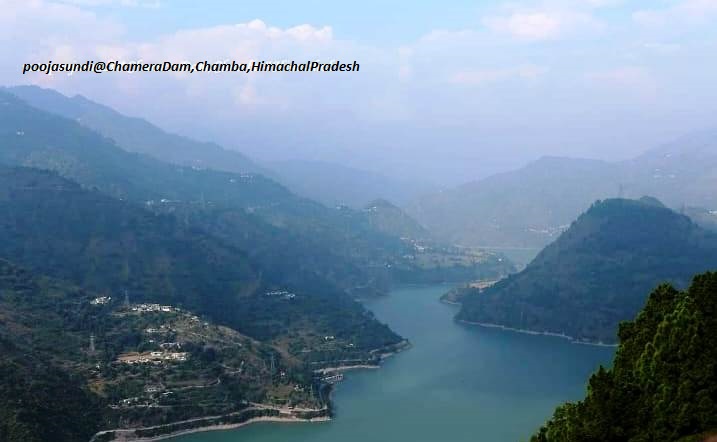






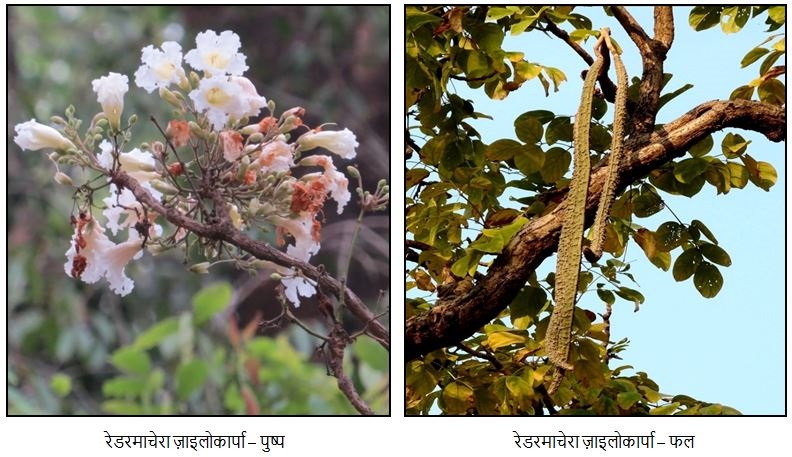




























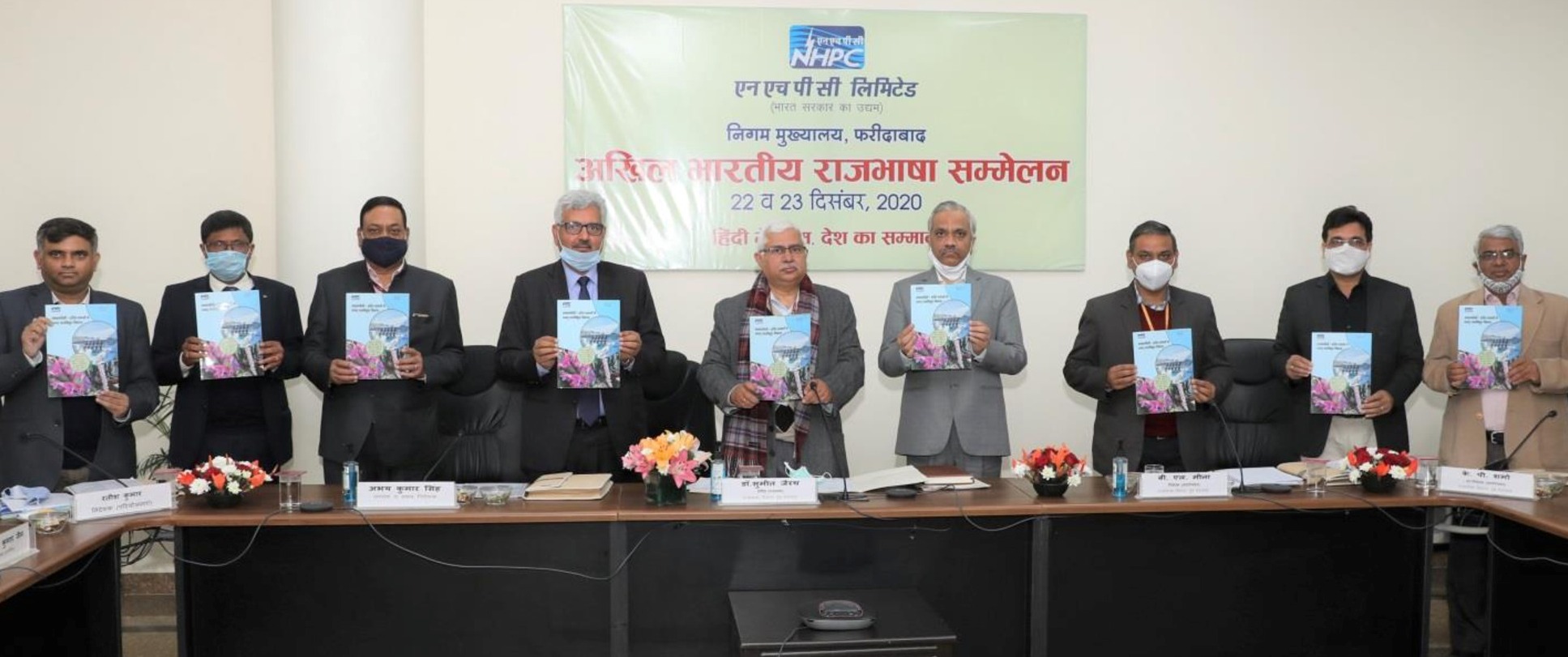








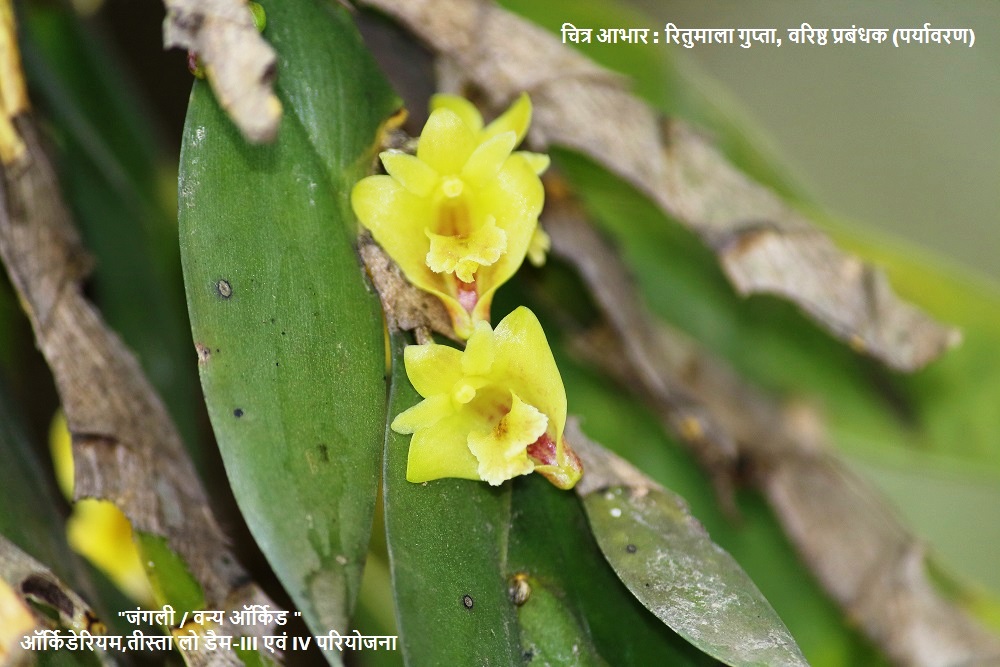

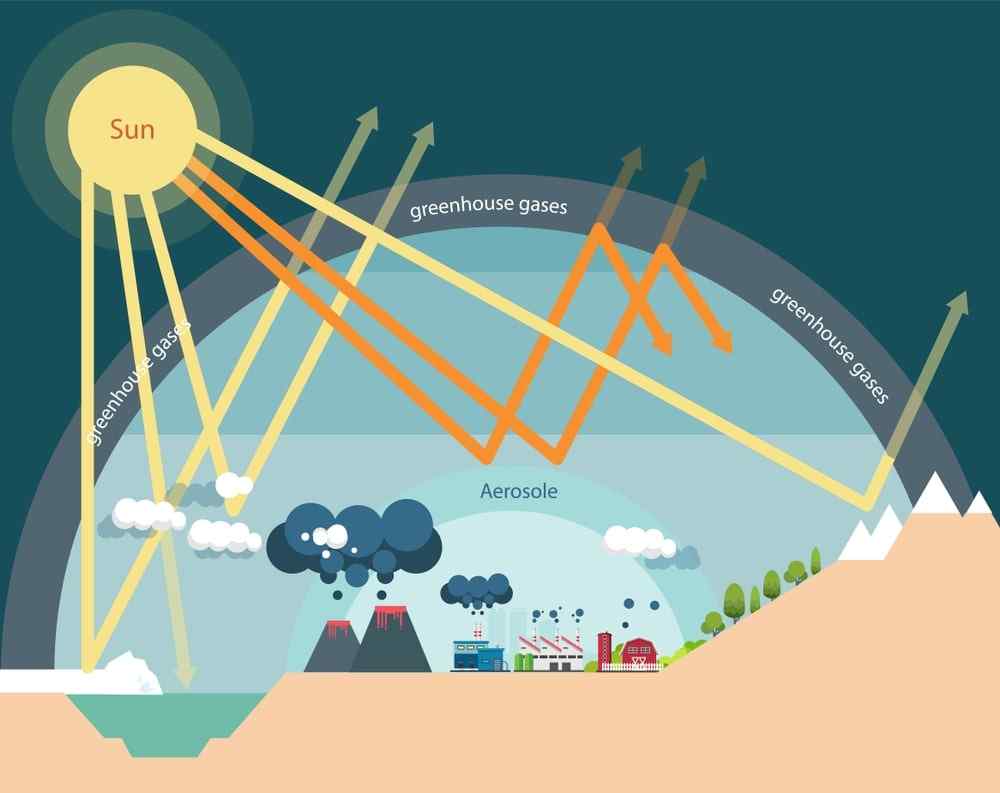

















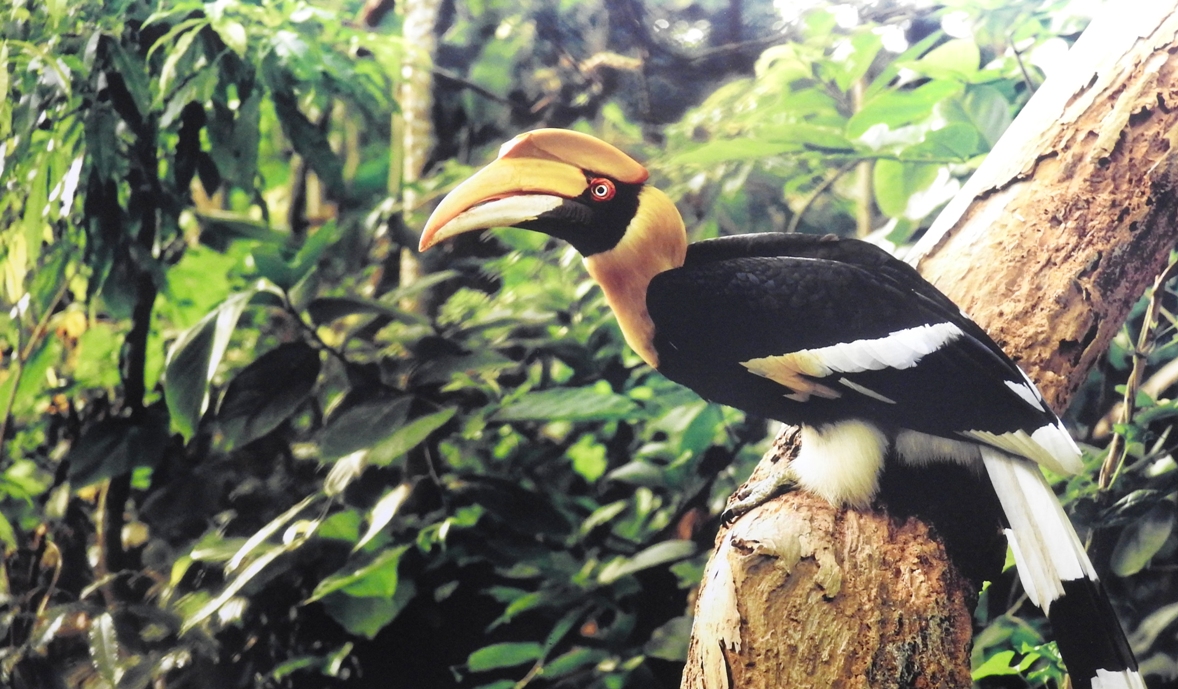
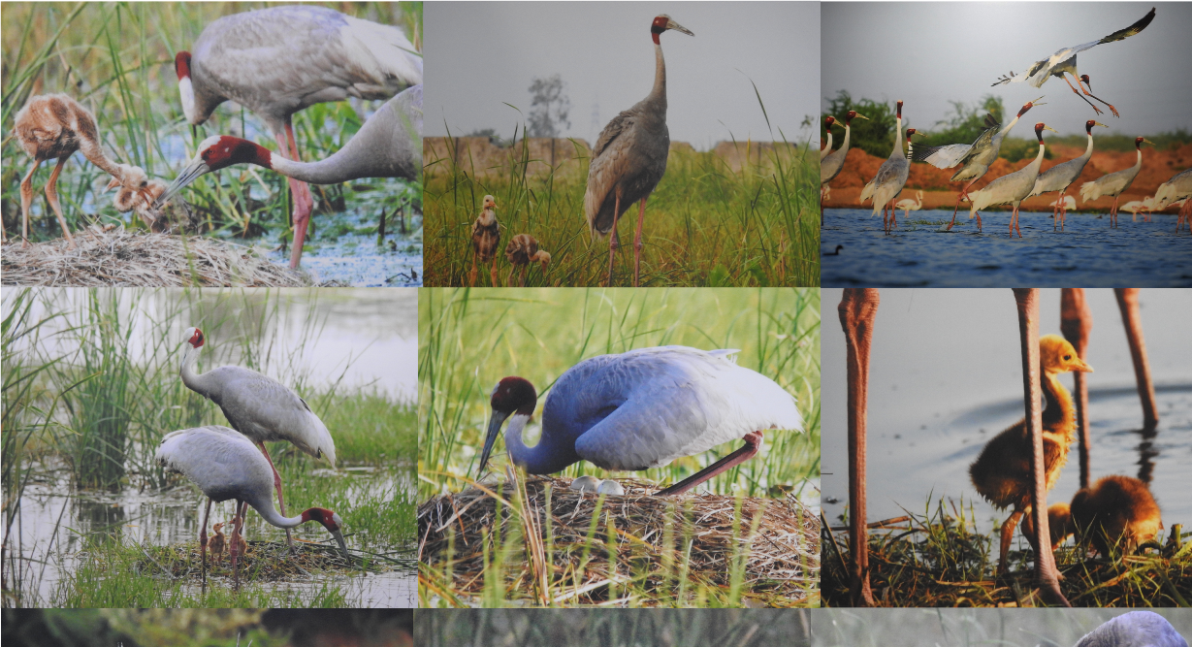
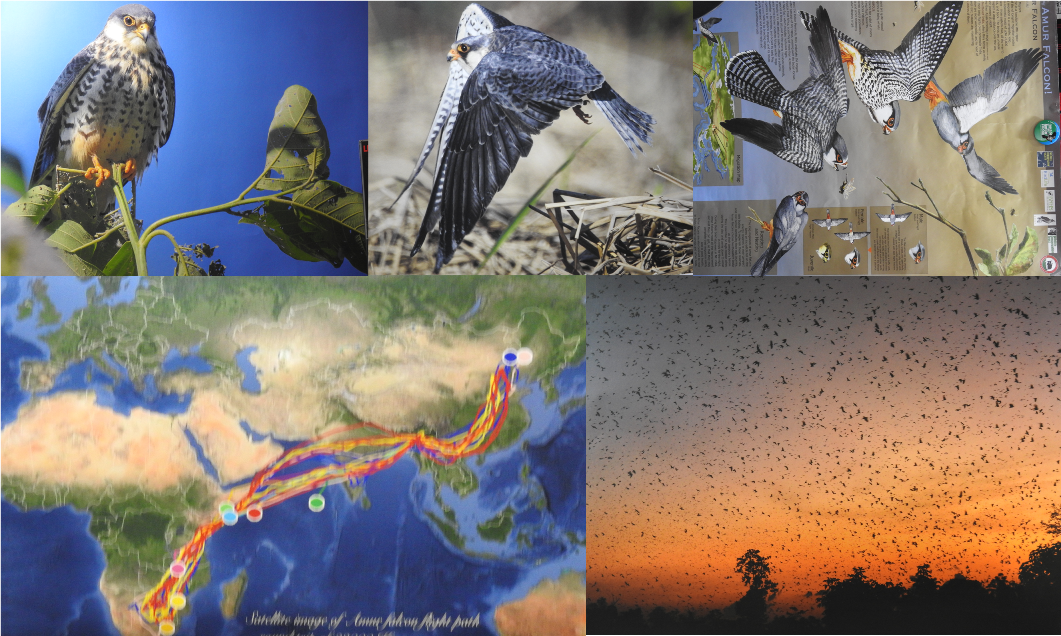

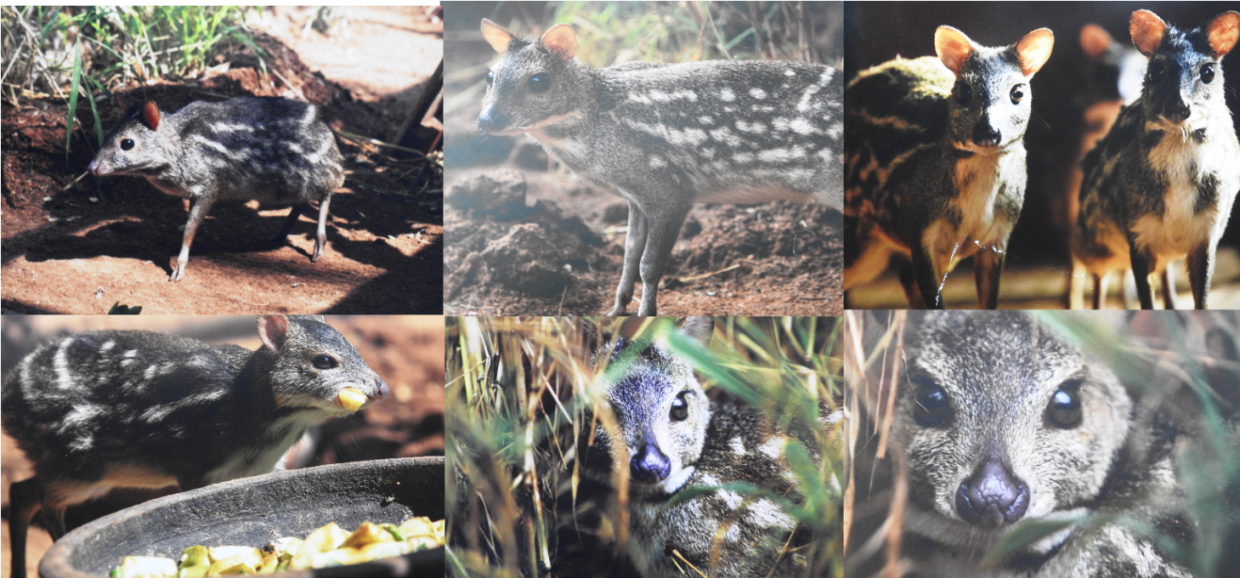



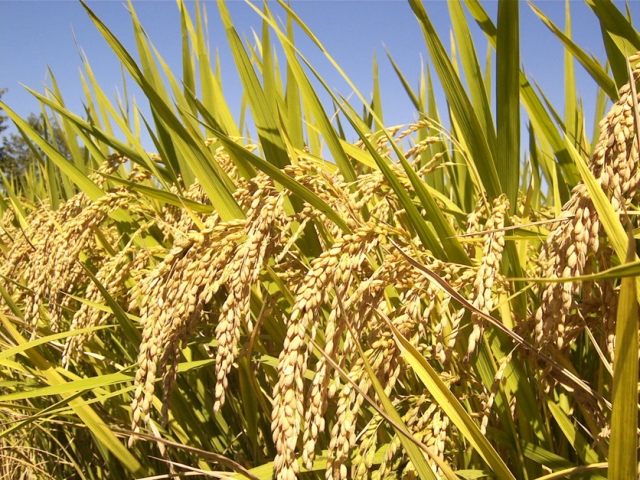





























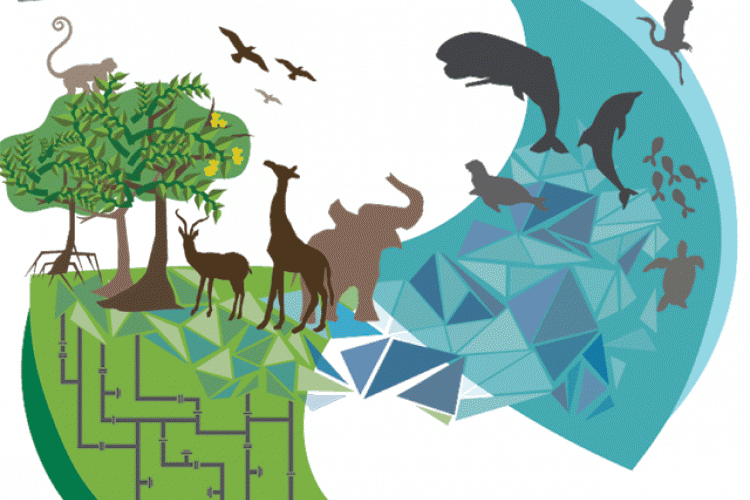







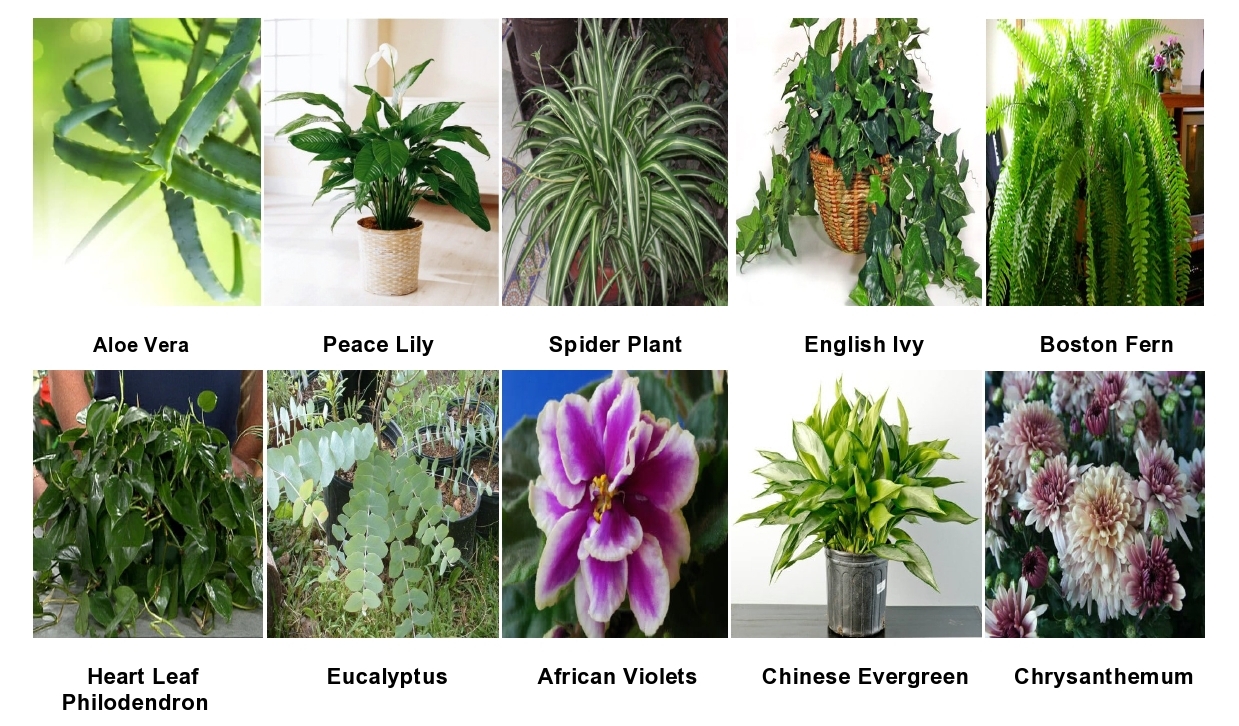













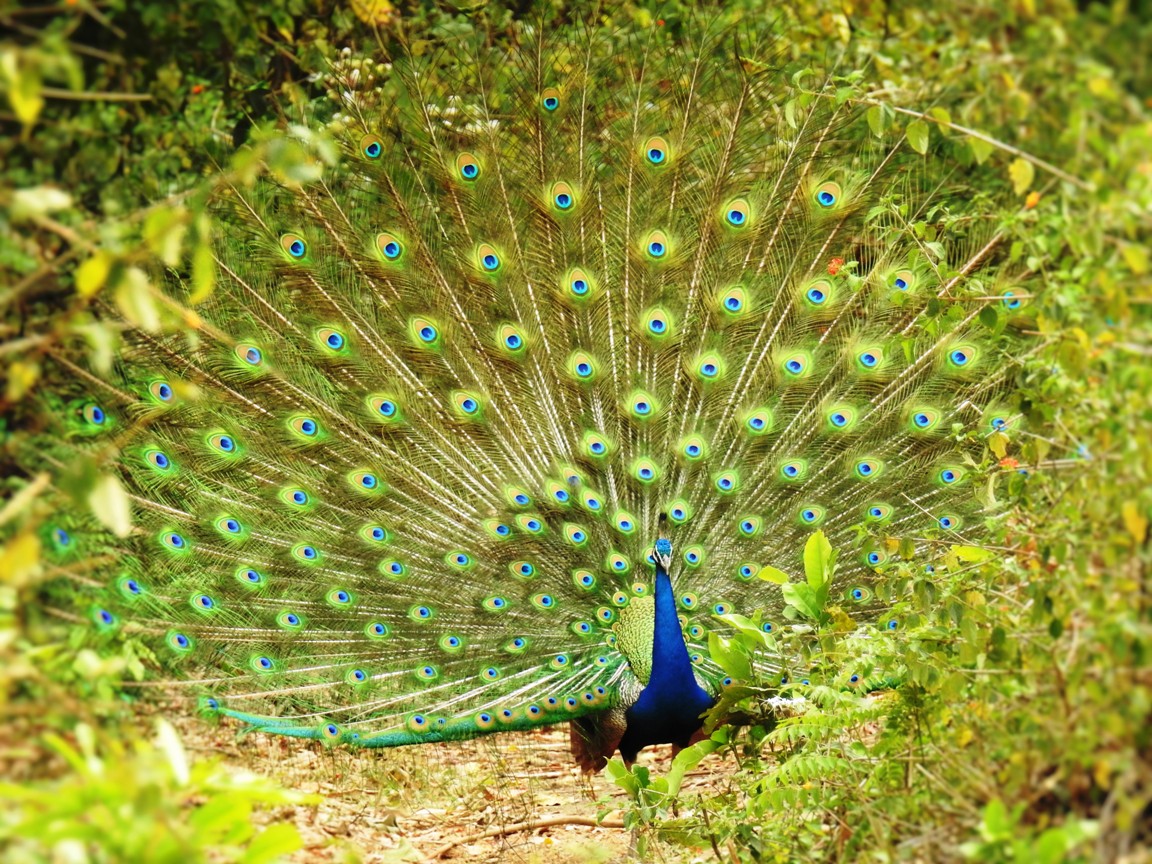
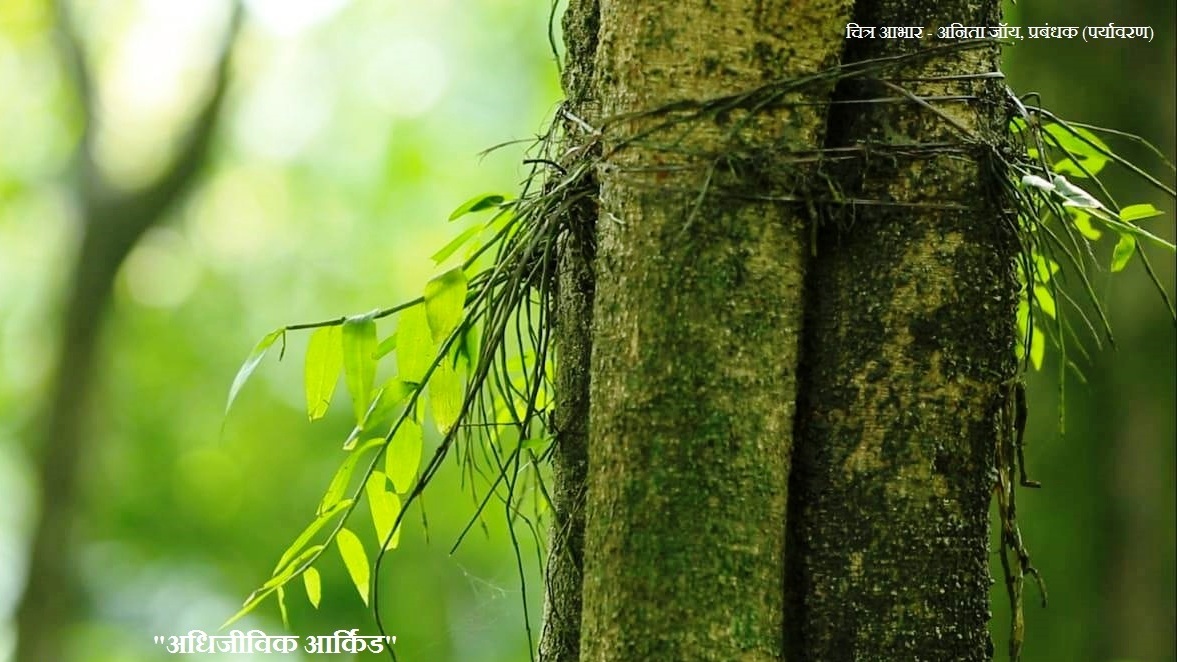














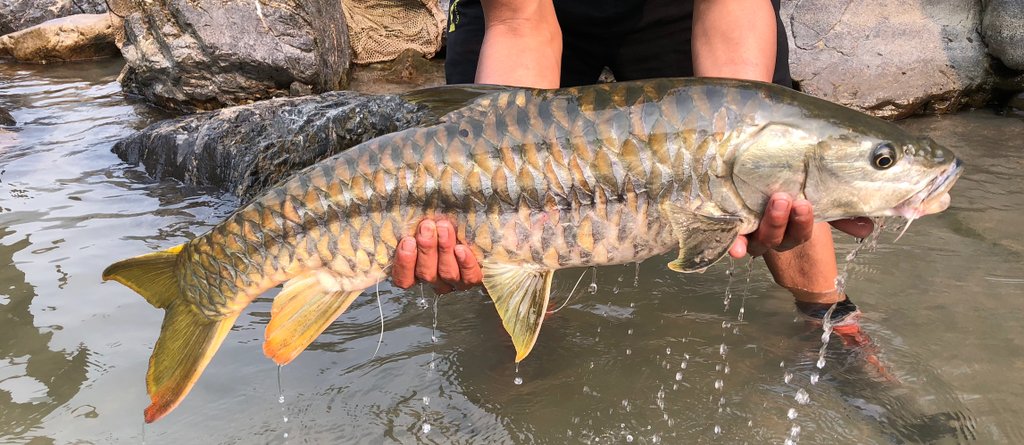
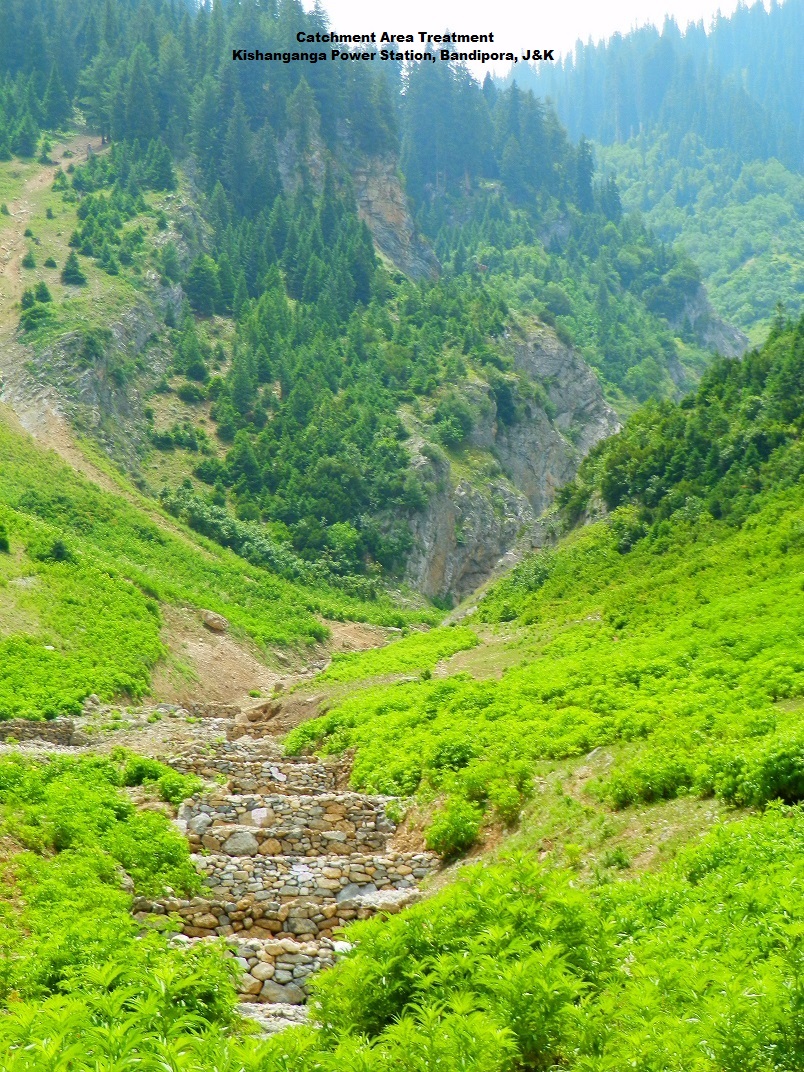
Leave a Reply